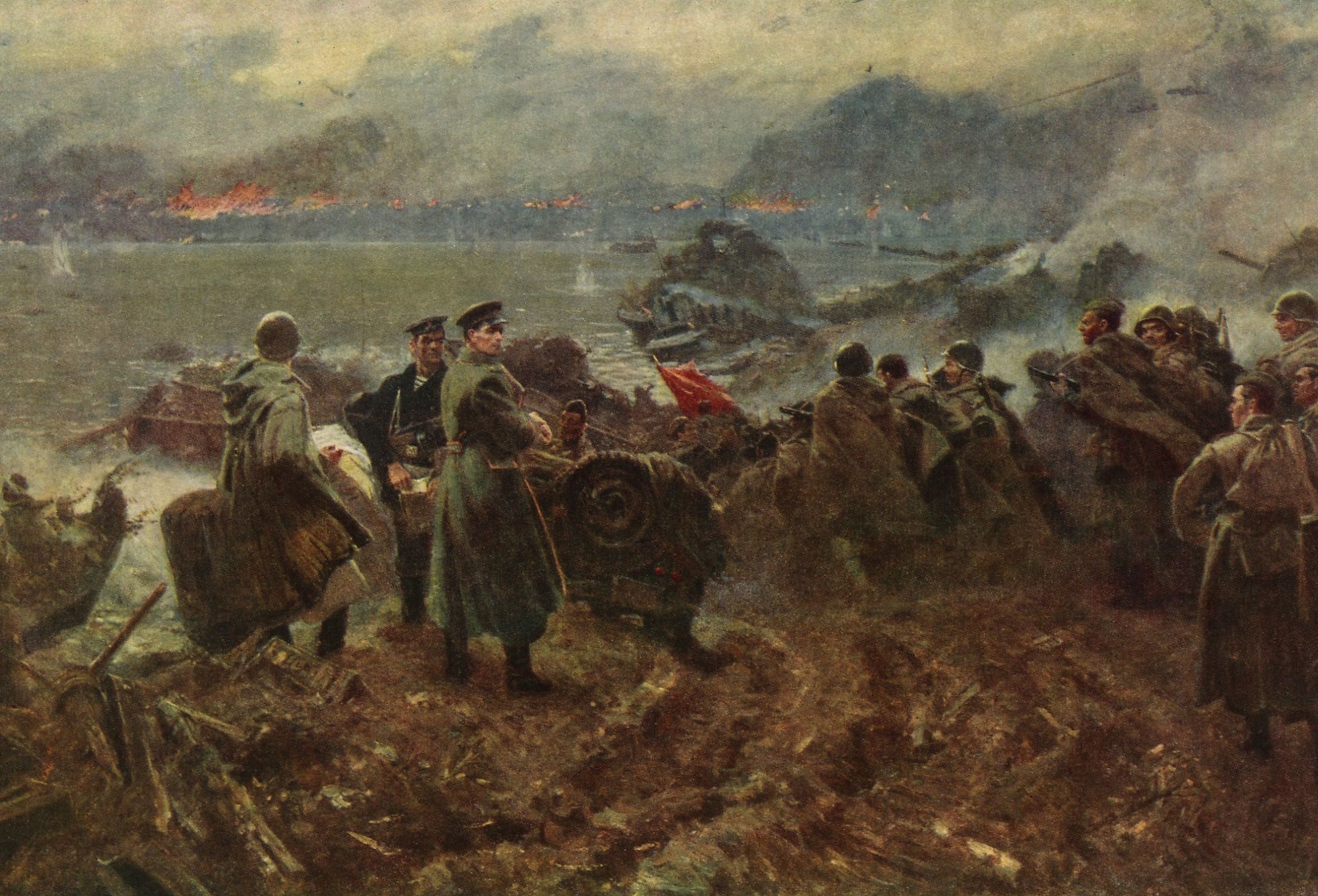
The Battle Of Stalingrad
The Battle of Stalingrad is perhaps the most famous event of the Second World War. Remembered for, among other reasons, its close-quarters urban warfare, its immense death toll, and its strategic importance to the overall conflict, it continues to persist in the worldwide historical consciousness. Continue reading to investigate and explore what precipitated this significant event in history.
Background
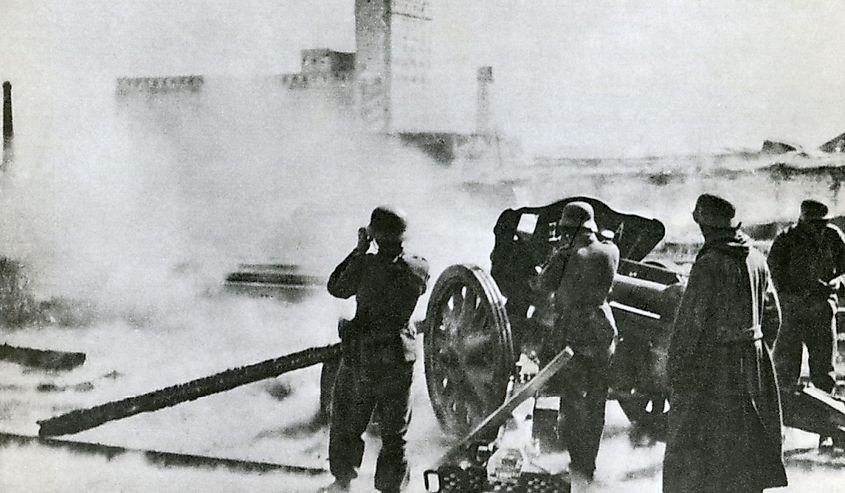
Germany invaded the Soviet Union (USSR) on June 22nd, 1941. Known as Operation Barbarossa, this campaign was crucial for Adolf Hitler's goal of procuring Lebensraum (living space) in the east. The invasion saw the German Army (the Wehrmacht) split into three groups. Army Group North's objective was Leningrad, Army Group Center's goal was Moscow, and Army Group South's objective was Ukraine and the oil fields in the Caucasus. The three groups all initially made solid progress. Perhaps most notably, Army Group South quickly invaded and occupied Ukraine, before working its way through southern Russia. However, they would hit a metaphorical wall in the summer of 1942.
The Beginning of the Battle
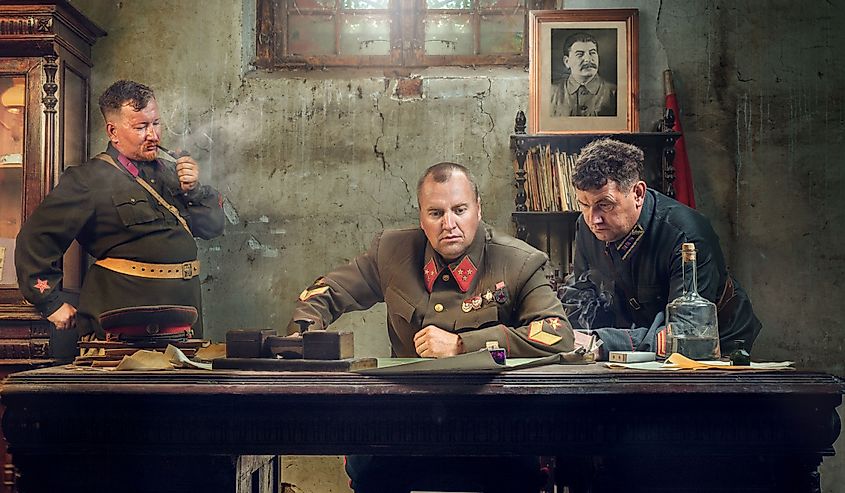
A major industrial city in southern Russia, Stalingrad was a crucial objective. This was largely due to two reasons. First, it bore the name of the USSR's leader, meaning that capturing it would be a key propaganda victory. Second, Stalingrad was seen as a partial gateway to the Caucasus. Initially, Hitler planned for all of Army Group South to focus its efforts on the city. However, at the beginning of July 1942, he split the group into Army Group A, which was ordered to attack the Caucasus, and Army Group B, which was still tasked with capturing Stalingrad. At first, this plan appeared to work. Army Group A made solid progress, and by late August, Army Group B had entered Stalingrad's suburbs. By mid-September, the Germans had occupied almost the entire city, with the Soviets only holding territory on a narrow strip along the Volga River. But, as winter fell and German supply lines were stretched further and further, the tide began to turn.
The Tide Turns
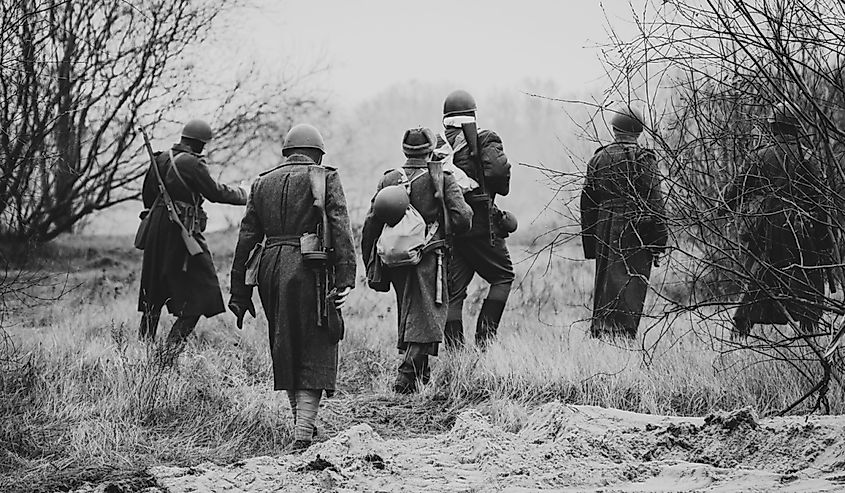
A major Soviet counteroffensive began on November 19th. Named Operation Uranus, it functioned as follows: two spearheads of the Red Army, one north of Stalingrad and one south, linked up, thereby surrounding the Wehrmacht. This utterly surprised the Nazis, with them not thinking that the "Slavic race" would be capable of such a maneuver. Most vulnerable to this counteroffensive were the Romanian, Hungarian, and Italian troops fighting alongside the Germans, since they were particularly undermotivated and undersupplied. These problems eventually manifested themselves for all members of the Axis.
With the Germans now surrounded and their supply lines stretched thin, extreme hunger and cold became an everyday reality. Soldiers were forced to eat raw horse legs, and it became so cold that their eyelids would often crack off. Back home, German civilians were encouraged to donate winter clothing to those on the frontline. But, actually getting supplies to the troops proved to be challenging. Hitler thought he could airdrop them in, however only a tenth of what was needed got through. Thus, the vast majority of soldiers never received the necessary supplies for fighting in such conditions. Bit by bit, the Red Army retook the city, and as 1942 turned to 1943, the Soviets launched their final assault. With the situation hopeless, German generals ordered their troops to surrender, with all fighting stopping by early February.
The Aftermath
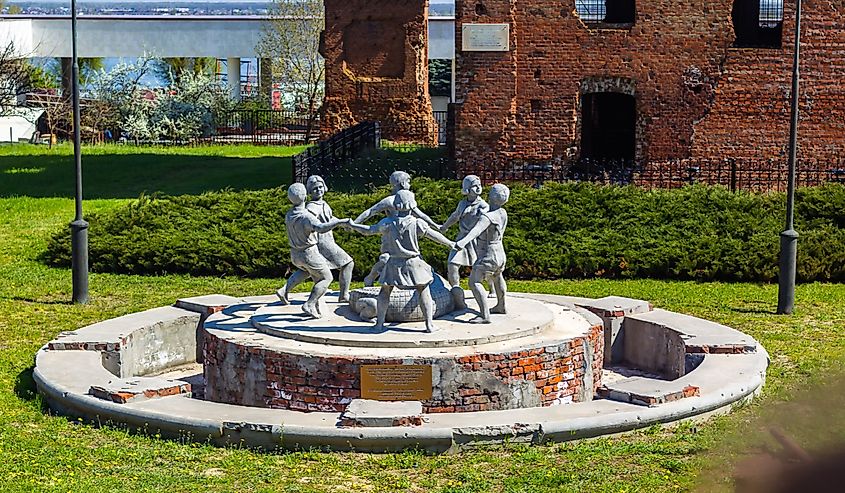
The Battle of Stalingrad saw the Soviets suffer about 1,100,000 causalities. On the other hand, the Axis experienced about 800,000 causalities. Furthermore, 90,000 Axis soldiers were made prisoners of war, with 50,000 dying in the first week of Soviet captivity and only 6,000 ever returning home. Regarding broader implications, the defeat at Stalingrad marked the beginning of the end for Germany. Indeed, for the rest of the war, the Russians consistently beat them back. One glimmer of hope for the Nazis occurred in the summer of 1943 in the form of a massive counteroffensive at Kursk. But, this ultimately failed due to a combination of several factors, not the least of which was the Allied invasion of Sicily, which forced Hitler to divert troops to Italy. When combined with the invasion of France the following year, Germany's defeat became more and more inevitable. It eventually occurred in the spring of 1945, with Hitler killing himself on April 30th and Germany surrendering only days later.
Conclusion
In conclusion, the Battle of Stalingrad was a crucial event in World War II. It was arguably the most brutal battle of the war and resulted in millions of deaths. Furthermore, it represented a turning point in the conflict, with Germany being consistently beaten back afterward. For all these reasons and more, it deserves its place in popular historical memory.











